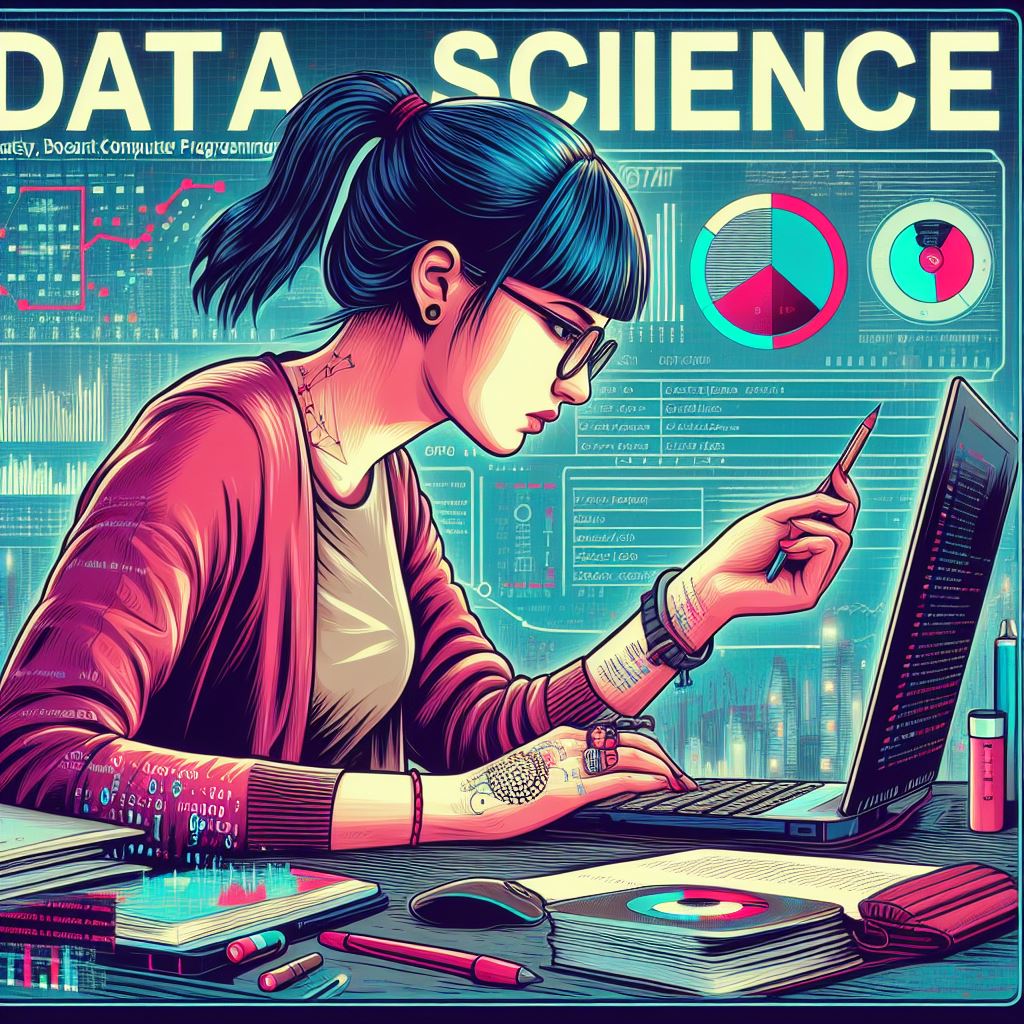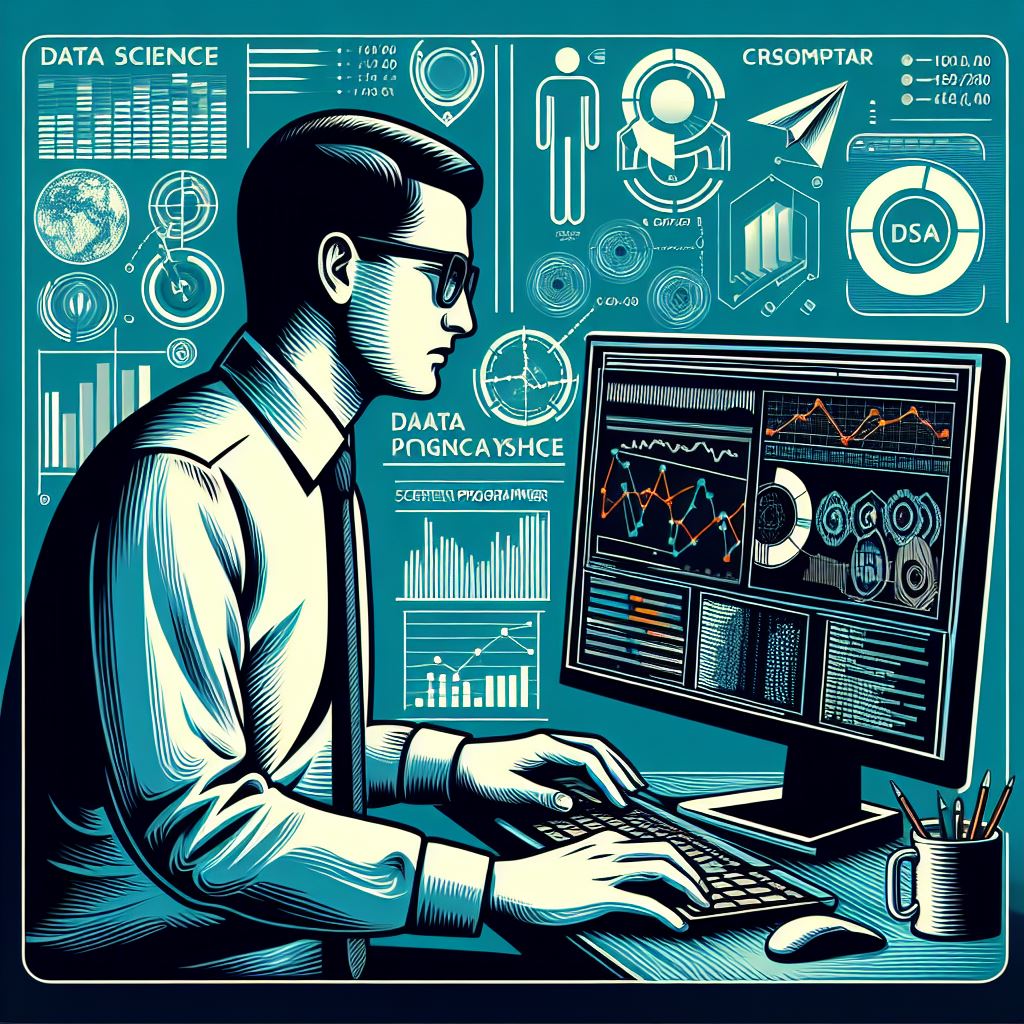Computer vision is a rapidly growing field in artificial intelligence (AI) that enables machines to interpret and understand the visual world. By processing digital images, videos, and other visual inputs, computer vision technologies mimic human vision, providing a wide range of practical applications across different industries. In this article, we will explore the fundamentals of computer vision, its various applications, and how it is transforming sectors like healthcare, automotive, retail, and security.
At its core, computer vision involves tasks such as object detection, image classification, facial recognition, and motion tracking. These technologies leverage deep learning algorithms, specifically convolutional neural networks (CNNs), to analyze visual data and extract meaningful insights. By training models on large datasets, machines can identify patterns, recognize objects, and make decisions based on visual cues.
One of the most impactful applications of computer vision is in healthcare. For instance, in medical imaging, computer vision algorithms assist doctors in diagnosing diseases by analyzing X-rays, MRIs, and CT scans. AI-powered systems can detect abnormalities such as tumors or fractures with remarkable accuracy, often identifying issues that might be missed by human clinicians. This leads to faster diagnoses, better treatment outcomes, and enhanced patient care.
In the automotive industry, computer vision plays a crucial role in the development of autonomous vehicles. Self-driving cars use computer vision to interpret their surroundings, recognize road signs, detect pedestrians, and navigate through traffic safely. By integrating sensors like cameras, LiDAR, and radar with advanced computer vision algorithms, autonomous vehicles can make real-time decisions and respond to dynamic road conditions, paving the way for safer and more efficient transportation.
The retail sector is also benefiting from the integration of computer vision. Retailers use computer vision for various tasks such as inventory management, customer behavior analysis, and checkout automation. For example, smart shelves equipped with cameras and sensors can track inventory in real time, while AI-powered systems can analyze customer interactions with products, providing valuable insights for personalized marketing and improved shopping experiences. Additionally, computer vision enables cashier-less checkout systems, where customers can simply grab items and leave without waiting in line, revolutionizing the retail experience.
In the security domain, computer vision is enhancing surveillance systems. With facial recognition technology, security cameras can identify individuals in real-time, improving access control and identifying potential threats. Additionally, computer vision is being used for anomaly detection in public spaces, where AI systems can analyze footage to spot suspicious activities or abnormal behaviors, thereby preventing incidents before they escalate.
Despite its incredible potential, computer vision still faces challenges, particularly in areas such as image quality, data privacy, and ethical concerns. High-quality images and large datasets are essential for training accurate models, but issues like poor lighting, occlusions, and varying image resolutions can hinder performance. Moreover, as computer vision systems become more pervasive, concerns about data privacy and the ethical implications of facial recognition and surveillance technologies must be addressed to ensure responsible use.
In conclusion, computer vision is a transformative technology that is reshaping industries across the globe. From healthcare to automotive, retail, and security, the applications of computer vision are vast and continually expanding. As advancements in AI and machine learning continue, we can expect even more innovative solutions and practical applications of computer vision that will enhance our lives and revolutionize how businesses operate.



